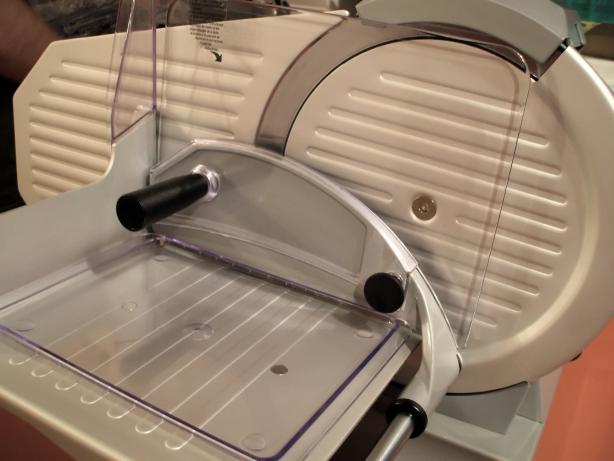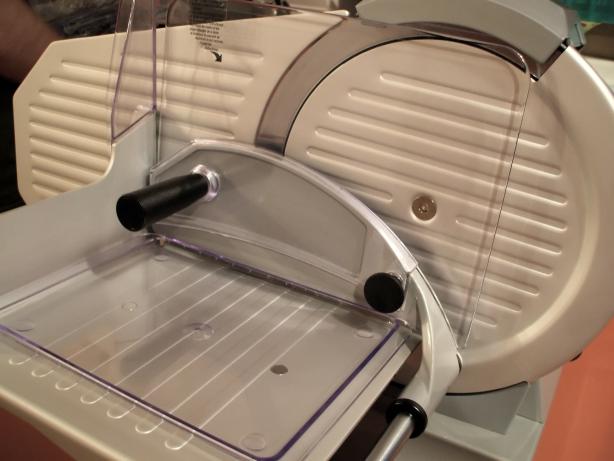While administering MN food safety certification exams, we’ve noticed some students struggle with the final tests. We understand that everyone learns differently and have tips to help during test time.
Test-taking Tips for MN Food Safety Certification Exams
The first key to succeeding on any test begins in the classroom or online training sessions. One critical step to retaining knowledge in any instructional setting is to take quality notes. Although participants cannot use notes during the exam, taking notes does help commit things to memory.
Taking notes helps you pay attention. To maintain focus and capture valuable information, ensure your mind does not wander during training sessions. We have observed that students who come into class prepared to learn do better on the MN food safety certification exam than those who feel that they already know the material and are simply waiting for the session to be over so that they can take their exams.
Some rules change occasionally, and even if you are a seasoned industry professional, you may encounter information that has changed since your last training session or that you had forgotten. Taking notes is an excellent way to ensure you know the most up-to-date regulations.
After finishing your training session and reviewing your notes, it is time to take the test to gain your certification. If you have gone through our classes, we will have given you the information you need to succeed on any certification test we offer. If you have paid attention, asked questions throughout the class, and taken quality notes, there is no reason to be worried. Remain confident, and you will succeed.
Take Your Time/Multiple Choice with One Right Answer
We all need that extra boost from a cup of coffee now and then, but too much caffeine can raise stress levels, create a false sense of urgency, and force you to rush through the test. Try to limit your caffeinated beverages before taking any test.
Finally, all of the questions will be multiple-choice with one correct answer. Read each question and set of answers entirely before selecting your answer. If you are unsure of the answer to any question, remember that your first instinct is often right, and questioning yourself too much can lead to elevated stress levels that will hinder your performance.
If you have any tips to help our readers succeed on their MN food safety certification exam, please leave them in the comments section below.





